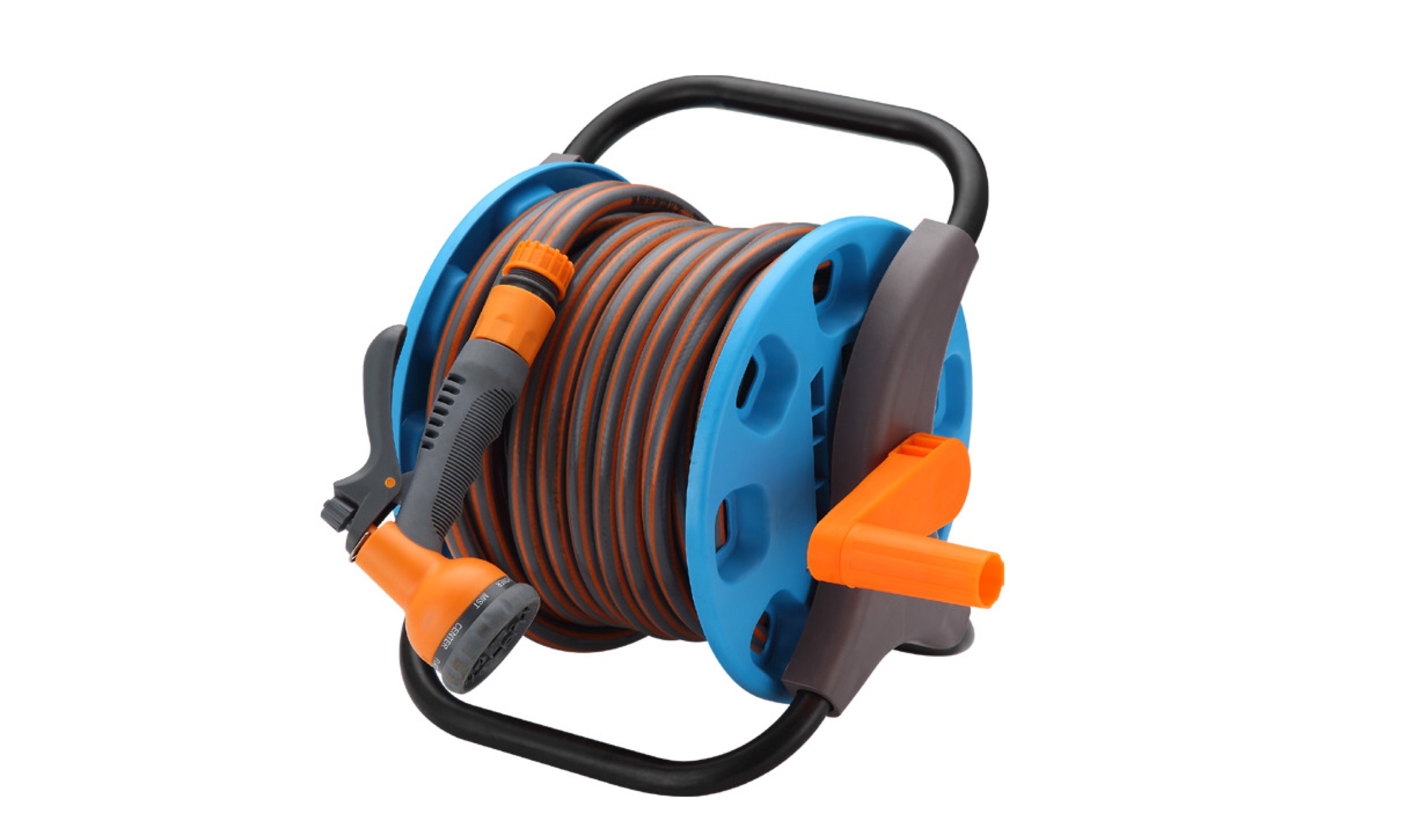Custom Braided Hose Solutions - Durable & Flexible Tubing
Understanding Custom Braided Hoses A Comprehensive Overview
In various industrial and automotive applications, the use of custom braided hoses has gained significant popularity due to their durability, flexibility, and resistance to various environmental factors. These hoses are designed to withstand high-pressure situations while maintaining a lightweight profile, making them essential components in numerous systems, including hydraulic lines, fuel delivery, and HVAC systems.
A custom braided hose typically consists of two main components the inner tube and the outer braid. The inner tube is engineered from materials such as rubber, silicone, or thermoplastics, which are chosen based on the specific requirements of the application, including temperature and chemical resistance. The outer braid, often made from stainless steel or other high-strength materials, provides additional reinforcement, ensuring the hose can handle pressure fluctuations without compromising its integrity.
One of the primary advantages of using custom braided hoses is their ability to be tailored to meet the specific needs of a project
. This customization can include variations in diameter, length, and material, allowing engineers to design solutions that perfectly fit the constraints of their systems. Furthermore, custom hoses can be constructed to accommodate unique working conditions, such as exposure to chemicals or extreme temperatures, which is crucial in maintaining system efficiency and safety.custom braided hose

In addition to their physical properties, custom braided hoses are often integrated with various fittings and connectors to enhance their functionality. These fittings can be designed to enable easy assembly and disassembly, which is particularly beneficial in applications requiring regular maintenance or inspection. This flexibility not only improves operational efficiency but also aids in reducing downtime when repairs or adjustments are necessary.
Moreover, the manufacturing process of custom braided hoses has evolved with advancements in technology. Companies now utilize computer-aided design (CAD) and precision machining to ensure that each hose meets stringent quality standards. This level of accuracy minimizes the risk of failures, ultimately leading to enhanced safety and reliability in critical applications.
In conclusion, custom braided hoses are vital components across numerous industries, offering a unique blend of strength, flexibility, and customization. Their ability to be tailor-made for specific applications ensures that they meet the diverse needs of modern engineering, contributing significantly to the performance and longevity of various systems. As technology continues to advance, the future of custom braided hoses appears promising, paving the way for even more innovative applications.
-
Welded Wire Mesh Panel: Durable, Versatile, and AffordableNewsJul.28,2025
-
Top Quality Oxy Acetylene Hoses for Sale Fit for Welding DemandsNewsJul.28,2025
-
The Future of Pneumatic Air Tubes in IndustryNewsJul.28,2025
-
Superior and Reliable LPG Hose Pipe Solutions for Every NeedNewsJul.28,2025
-
Exceptionally Durable and Versatile Premium Braided PVC TubingNewsJul.28,2025
-
Best Adapters for Connecting Garden Hose to PVC Pipe ConnectionsNewsJul.28,2025














